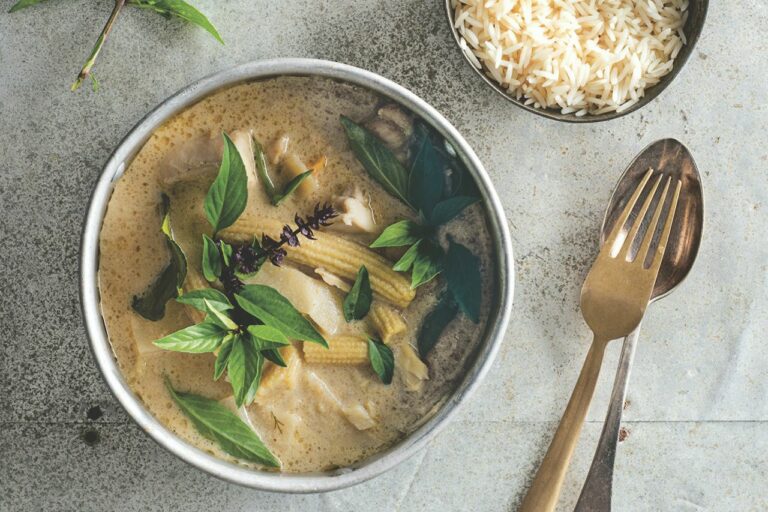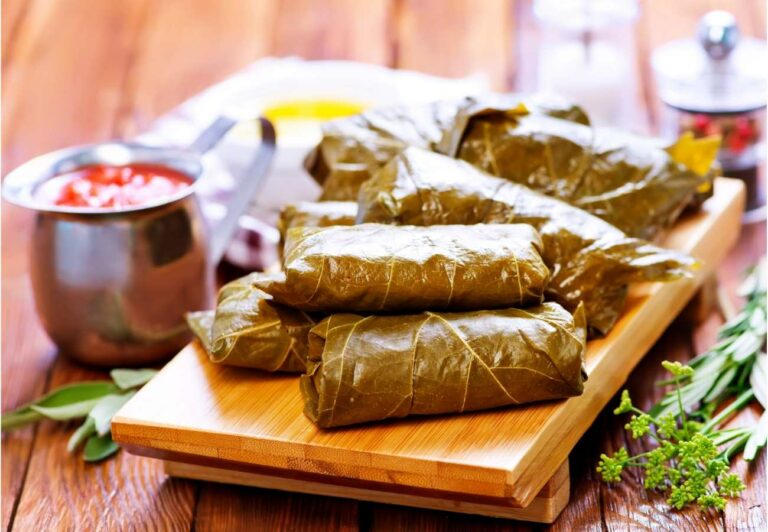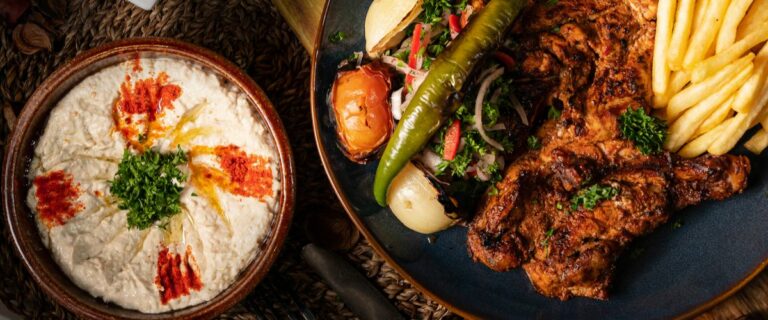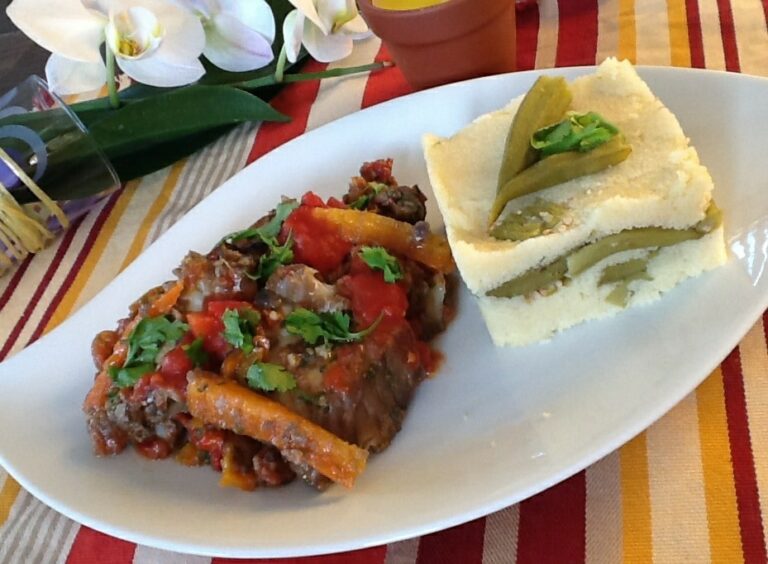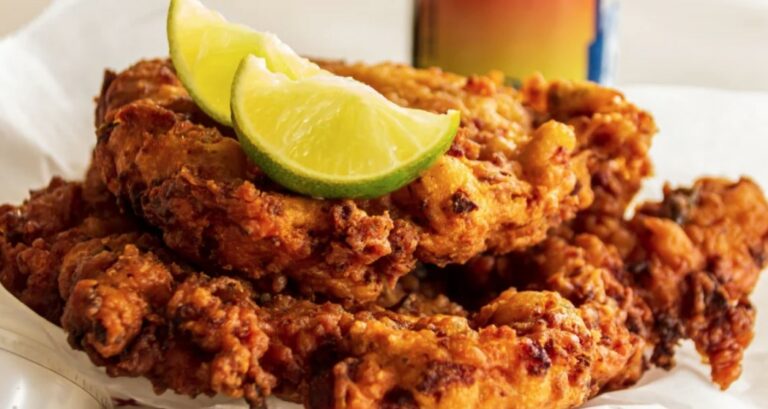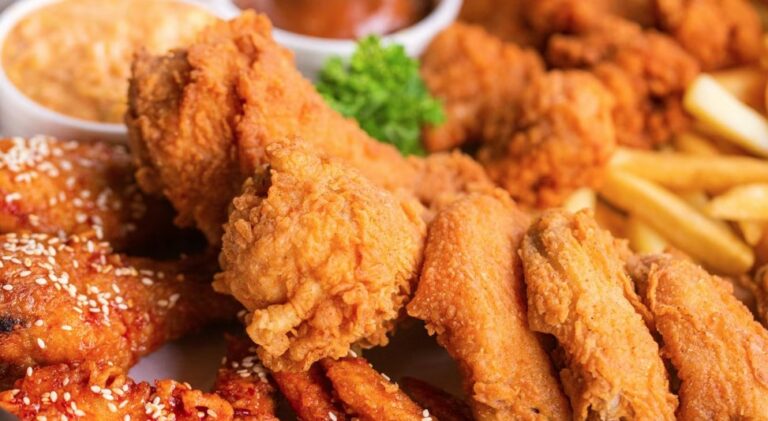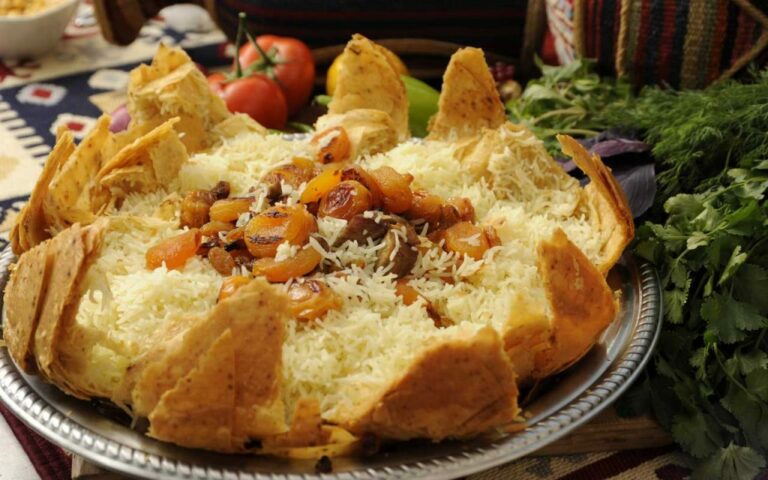Introduction to Bahraini Dining Etiquette
Bahraini dining etiquette is a reflection of the country’s rich cultural heritage. Dining in Bahrain is a social event, and it is considered a sign of respect to follow the proper etiquette. Bahrainis have specific customs and traditions when it comes to dining, which makes the experience unique and memorable.
Dress Code for Dining in Bahrain
Bahraini culture is conservative, and visitors and locals should dress modestly when dining out. Men should wear long pants, and women should cover their shoulders and knees. It is also common for women to wear a headscarf. Shoes are typically removed before entering a home for dining.
Table Manners in Bahraini Culture
Bahraini table manners revolve around respect and hospitality. It is considered polite to wait for the host to begin eating before taking the first bite. Eating with one’s right hand is also customary, and it is considered disrespectful to use the left hand. It is considered impolite to make noise while eating, and slurping or burping should be avoided.
Setting the Table in Bahraini Style
Bahraini table settings are typically elaborate and formal. The table is often decorated with flowers, and the place setting is arranged in a specific order. The forks are placed to the left of the plate, and the knives and spoons are placed to the right. Bread is typically served on the left as well, and the water glass is placed to the right of the plate.
Food Serving Etiquette in Bahrain
In Bahraini culture, it is considered polite for the host to serve the guests. The host typically serves the food onto the plates of the guests, and it is customary to offer multiple servings. It is considered impolite to decline food, and it is best to try a little bit of everything.
Dining with Bahraini Hosts & Guests
When dining with Bahraini hosts, it is important to show gratitude and appreciation for the food and hospitality. It is customary to bring a small gift, such as sweets or dates, as a token of appreciation. When dining with Bahraini guests, it is important to show respect and follow the customs and traditions of the host.
Common Bahraini Dining Customs
Bahraini dining customs are unique and reflect the country’s cultural heritage. It is customary to serve Arabic coffee before the meal, and guests are typically greeted with dates and fruit. It is also common for the host to offer a small towel for guests to wipe their hands before and after the meal.
Final Thoughts on Bahraini Dining Etiquette
Bahraini dining etiquette revolves around respect, hospitality, and tradition. Visitors to Bahrain should familiarize themselves with the customs and traditions to have a memorable and enjoyable dining experience. Following the proper etiquette shows respect for the culture and the host, which can lead to lasting friendships and memorable experiences.


